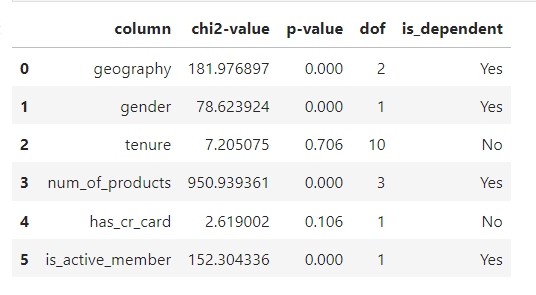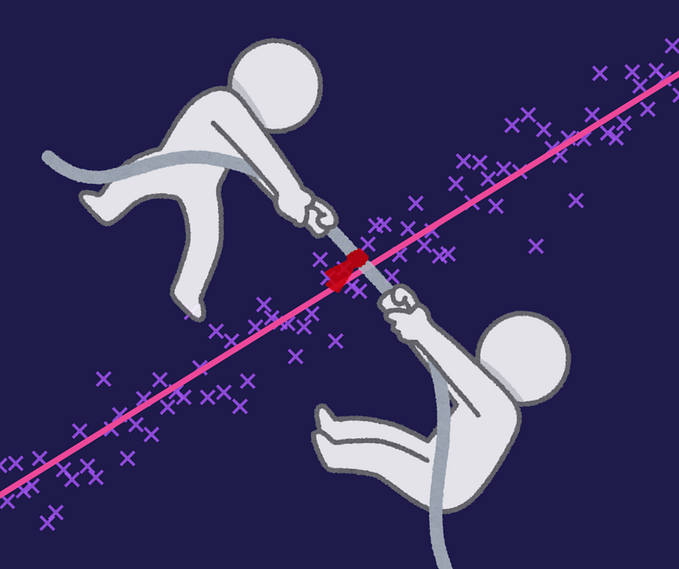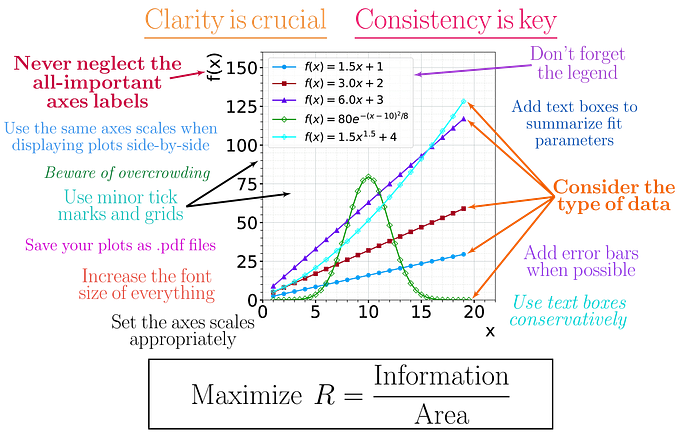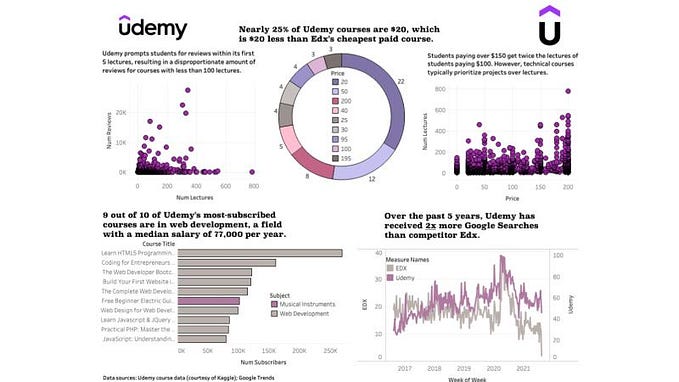OCD Patients Data Analysis
Analyzing the OCD Patient Dataset for 1500 individuals so as to gain a deeper understanding of OCD and its manifestations within a diverse patient population.

Introduction
The OCD Patient Dataset comprises data on 1500 individuals diagnosed with Obsessive-Compulsive Disorder (OCD). This dataset offers a detailed view of the demographic and clinical profiles of these individuals. It includes demographic information such as age, gender, ethnicity, marital status, and education level, providing a thorough overview of the sample population. It also includes clinical details like the date of OCD diagnosis, duration of symptoms, and any prior psychiatric diagnoses are documented, offering valuable context to the patients’ experiences
This report presents a comprehensive analysis of the Obsessive-Compulsive Disorder (OCD) dataset , focusing on various demographic factors and characteristics of patients.
Basis and requirement
The dataset used for this project was obtained from Kaggle named “OCD Patient Dataset: Demographics & Clinical Data” . This project was completed using Microsoft excel, for analysis and data visualization.

- Patient ID: Unique identifier for each individual in the dataset.
- Age: Age of the patient at the time of data collection.
- Gender: Patient’s gender, providing insights into any gender-related patterns.
- Ethnicity: The ethnic background of the patient
- Marital Status: Indicates whether the patient is single, married, divorced, etc.
- Education: Patient’s educational level
- OCD Diagnosis Date: The date when the patient was diagnosed with Obsessive-Compulsive Disorder.
- Duration of Symptoms (months): Period between diagnosis and data collection
- Previous Diagnoses: Any diagnoses the patient received before the OCD diagnosis.
- Family History of OCD: Presence or absence of Obsessive-Compulsive Disorder in the patient’s family.
- Obsession Type: Specific nature of obsessive thoughts experienced by the patient.
- Compulsion Type: The distinct types of compulsive behaviors exhibited by the patient.
- Y-BOCS Score (Obsessions): Severity score for obsessive symptoms based on the Yale-Brown Obsessive-Compulsive Scale.
- Y-BOCS Score (Compulsions): Severity score for compulsive behaviors using the Yale-Brown Obsessive-Compulsive Scale.
- Depression Diagnosis: Presence or absence of a clinical diagnosis of depression.
- Anxiety Diagnosis: Presence or absence of a clinical diagnosis of anxiety.
- Medications: Information on medications prescribed to manage OCD symptoms, if any.
Data Cleaning
Although the data was clean, I had to review it once again to ensure optimal results. Prior to analysis, I checked for duplicate entries, non-printable characters, and trailing spaces . I also ensure the data was consistent by converting all entries to proper case. I then put the dataset into a table format for easier analysis.
Age Group Classification
I created a new column, “Age Group,” was using the IF function to categorize patients into distinct age groups: 18–25, 26–35, 36–45, 46–55, 56–65, 66–75, and 76–85.
=IF([@Age]<=25,"18-25",IF([@Age]<=35,"26-35",IF([@Age]<=45,"36-45",IF([@Age]<=55,"46-55",IF([@Age]<=65,"56-65",IF([@Age]<75,"66-75",IF([@Age]<=85,"76-85")))))))
Data Analysis and Visualizations
Gender Distribution: The analysis reveals that 50.2% of affected individuals are male, while 49.8% are female. This balanced distribution suggests that OCD does not exhibit a strong gender bias among the studied population.

Ethnicity Distribution: Caucasian individuals show the highest prevalence of OCD, with 398 patients, followed closely by Hispanic and Asian groups with 392 and 386 patients, respectively. Africans appear to be the least affected ethnic group, with 324 cases.

Yearly Breakdown of Admissions: The year 2018 recorded the highest number of OCD diagnoses, with 204 patients. Following closely are 2015 and 2020, with 170 and 169 patients, respectively. This information aids in understanding the temporal distribution of OCD cases over the years.

Total patients by obsession type
Harm-related obsessions are the most prevalent, affecting 333 patients, followed by contamination with 306 cases. Conversely, hoarding and symmetry obsessions are less common, with 278 and 280 patients, respectively.

Total patients by compulsion type
In terms of compulsion types, washing is the most frequent (321 cases), followed by counting (316) and checking (292). Praying and ordering are the least common compulsion types, with 286 and 285 cases, respectively.

Age Group Analysis: The 26–35 age group shows the highest prevalence of OCD, with 272 cases, closely followed by the 46–55 and 66–75 age groups, with 270 and 249 cases, respectively. The least affected age group is 76–85, with 29 cases, and the 18–25 group, with 191 cases.

Dashboard

Recommendations:
Understanding the demographic and diagnostic patterns presented in this analysis is crucial for healthcare professionals and policymakers. Tailored intervention strategies should consider the observed variations in prevalence across gender, ethnicity, and age groups.
Given the prevalence of harm-related obsessions, it is recommended that intervention strategies specifically address this aspect of OCD. This may involve targeted therapeutic approaches, support groups, or educational resources to help individuals manage and cope with these specific concerns.
Considering that the 26–35 age group showed the highest prevalence of OCD, it is crucial to focus on early detection and intervention strategies for young adults. Educational programs, awareness campaigns, and mental health screenings can play a pivotal role in identifying individuals who may benefit from early intervention.
Additionally, continued monitoring of yearly trends can inform resource allocation and research priorities in the field of OCD.
Conclusion
This detailed analysis provides valuable insights into the distribution and characteristics of OCD cases, paving the way for more targeted and effective approaches to diagnosis, treatment, and support for individuals affected by OCD.
Thank you for reading! feel free to connect with me on LinkedIn and Twitter. You can also check out my GitHub here.








